SingaporeMotherhood | Family Fun
October 2020
Urban Gardening with Kids: How to Grow Fruits and Veggies at Home
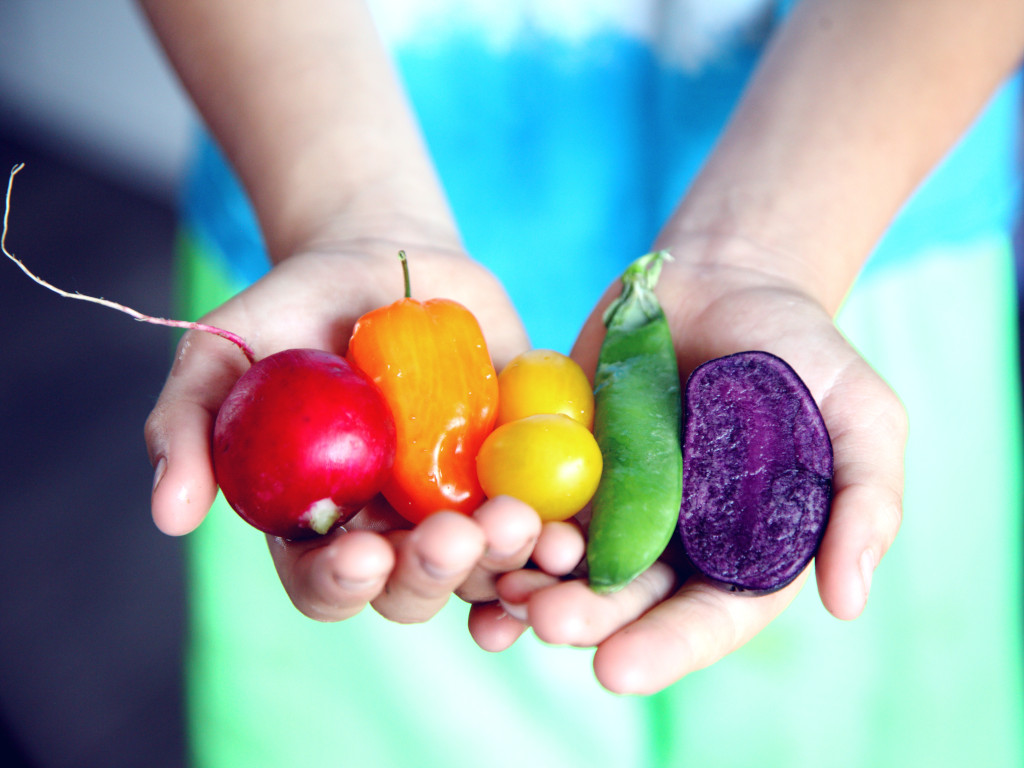
Have you ever asked your kids where their food comes from and got the answer “the supermarket”? Well, perhaps it’s time to bring them back down to earth — literally! Besides getting to learn about science and sustainability, urban gardening with kids is an excellent family bonding activity too. Not sure how to start? Read on for a step-by-step guide to growing your own fruits and vegetables at home.
1. Start Digging Around
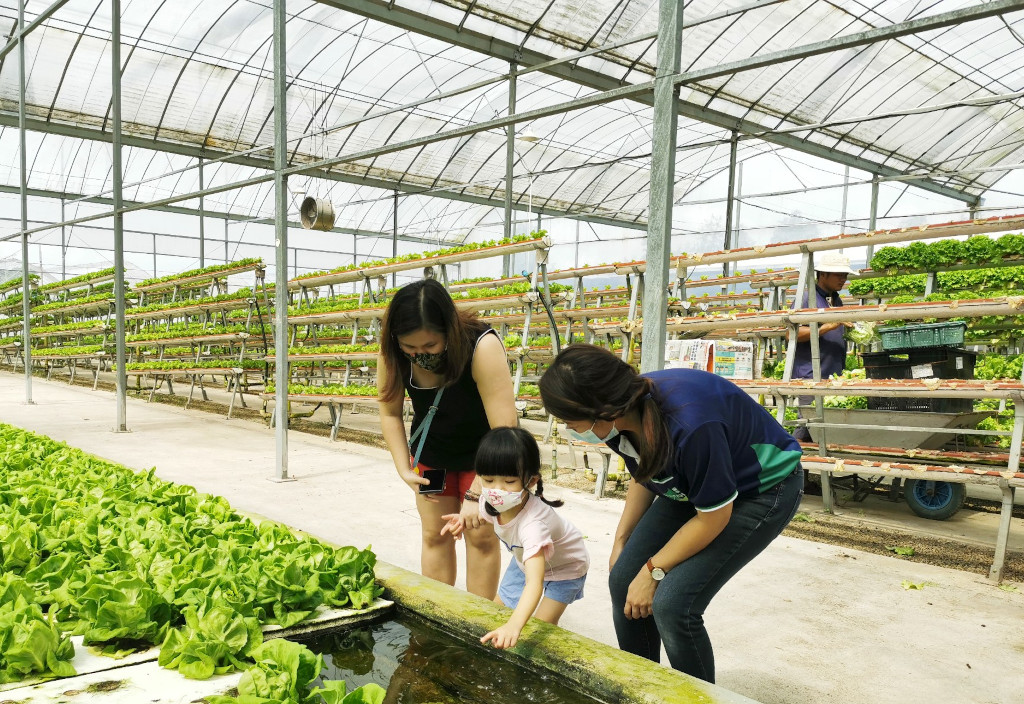
If you have no experience in gardening at all, a good place to start is wherever the experts are. In other words, visit farms in Singapore — yes, they exist! — and spend some time learning about what they do. The friendly farmers might even offer tips on how best to get started with your own mini farm at home. A fun day out will also help get the kids excited about your new project. Here are some farms to consider:
- Bollywood Veggies provides farm tours with hands-on learning from paddy farming to plant potting. Complete your visit with a farm-to-table feast at the Poison Ivy bistro. Contact Bollywood Adventures at 9452 6202 or email [email protected].
- Edible Garden City’s flagship ‘The Family That Farms Together Tour’ is currently on hold due to COVID-19. However, you can still book private farm tours to suit your schedule. Email [email protected] or WhatsApp 8817 4054 for details.
- GreenCircle Eco-Farm is open to walk-in visitors. It also offers farm tours that include hands-on activities while learning about organic farming, healthy eating, and environmental conservation. Email [email protected] or call 9784 7275.
- Kok Fah Technology Farm conducts Hydroponics Greenhouse Farm Tours daily. Optional add-on kid-friendly activities include potting microgreens and harvesting hydroponics. Call 6765 6629 or email [email protected] to book your slot.
(See also: 9 Farms In Singapore You Didn’t Know Existed To Visit During The Weekend)
2. Find Your Own Backyard
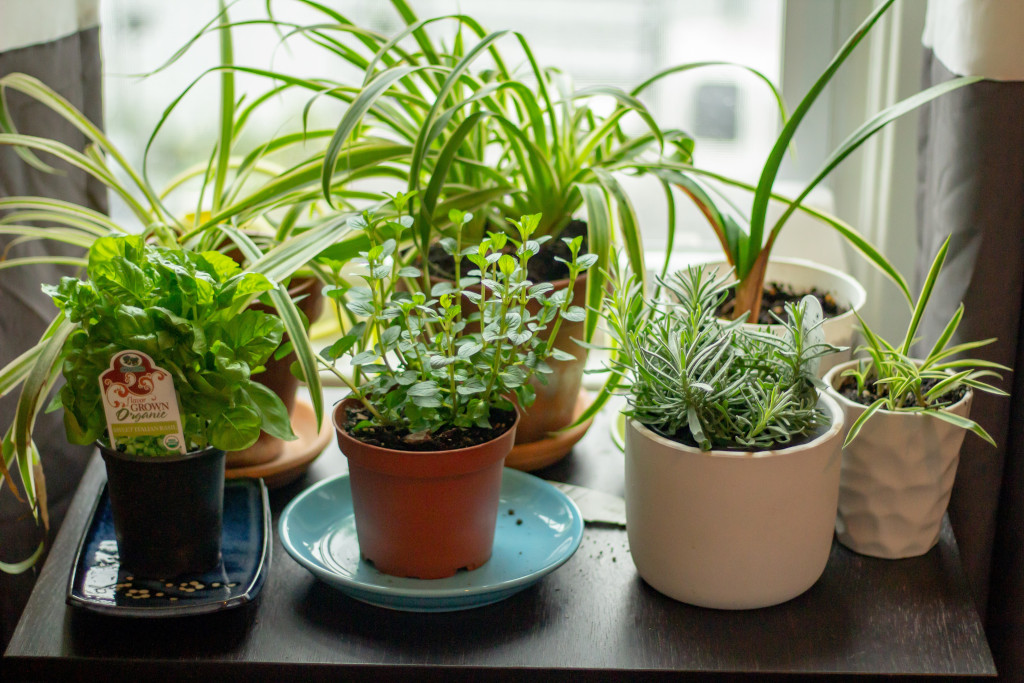
Most Singaporeans don’t have gardens or backyards to grow fruits and veggies. But all that means is that we must exercise a little more creativity. Take a good look at your home and decide where to plant your little green footstep. Include the kids in this exercise too. These ideas can help get you started:
- The common corridor outside your flat is usually wide enough to hold flowerpots and planter boxes. Do keep it neat and tidy, and ensure that nothing obstructs the passageway or spills over into your neighbour’s area. If you happen to have a corner unit with your own ‘private’ patch of corridor, what are you waiting for?
- Windows present another possibility. For instance, if your kitchen window gets lots of sunlight, placing a planter box there is a good idea. An existing window-height cabinet or an old fish tank stand could act as your plant stand. Do make sure nothing can fall over, though!
- A balcony is a great location for an indoor garden, if you’re fortunate enough to have one. The possibilities here are almost endless, from planter boxes on the parapet to farming the entire floor space.
- Community gardens are a last resort if your home really isn’t suitable or family members object. It’s an excellent nParks initiative and there are over 1,500 community gardens islandwide. Find one that’s close to you or start a new one.
(See also: 13 Kid-friendly Nature Trails for Easy Hiking in Singapore)
3. Shop for Gardening Supplies
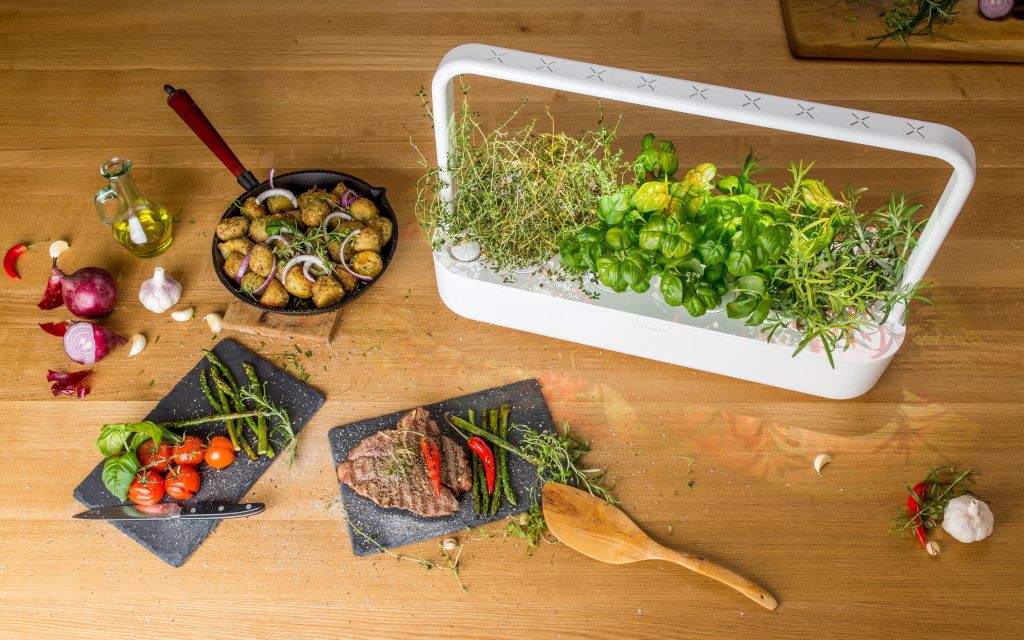
If you’re already blessed with green thumbs and have some experience, you could simply drop by a nursery (for plants, not babies!) and pick up the supplies you need. You’ll find everything from planter boxes and flowerpots to sacks of soil, fertiliser, trowels, and watering cans. Seed packets and starter plants too, of course. Popular nurseries around the island include Ban Nee Chen, Far East Flora Garden Centre, Noah Garden Centre, and World Farm.
Alternatively, embark on your journey of urban gardening with kids by purchasing a pre-prepared starter kit. You simply need to unpack, plant, and water according to instructions. Such options include EcoCube Plants, Everything Green Microgreens Starter Kit, Root Farm Edible Forest Grow Kit, and Super Farmers Urban Farming Kit.
At the other end of the spectrum are indoor planting systems like Aerospring Gardens, Click & Grow, or Easi Grow. They are highly automated and typically include grow lights and irrigation systems. This means no worries about the lack of sunlight, or if you forget to water the plants. These are also ideal if you plan to supplement — or even eventually replace — all store-bought fruits and veggies with those you grow yourselves!
(See also: Online Fresh Food Delivery in Singapore)
4. Choose Easy Starter Plants
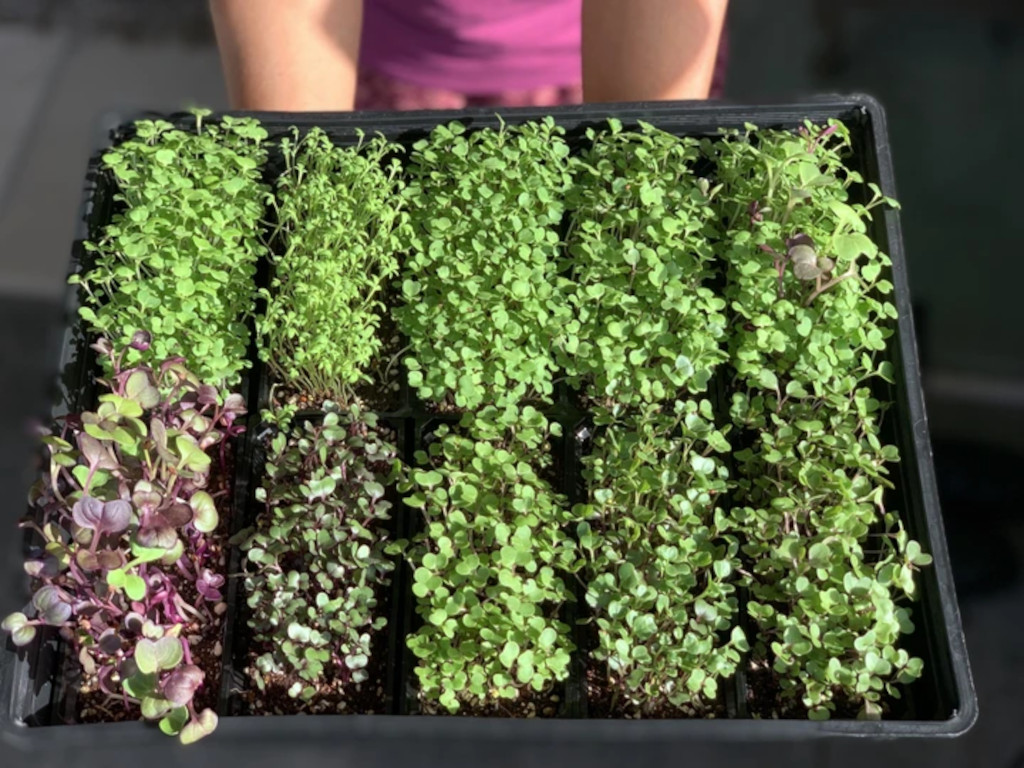
If you’re afraid this instant gratification generation of kids will get bored too quickly, start with microgreens. Remember those tiny sprout-like greens that garnish your sandwich or pasta at fancy restaurants? Those nutrient-rich superfoods are essentially the young of regular veggies such as broccoli and kale. Since you’re not waiting for them to mature, microgreens are ready within one to three weeks.
Being fairly easy to grow, herbs are often the choice for budding urban gardeners. Choose those you use in your cooking, such as chives, parsley, coriander, basil, mint, and curry leaves. You should be able to start harvesting within one to two months.
(See also: Trendy Superfoods – How Super Are They for You and the Kids?)
Moving on to veggies, those Singaporeans commonly grow include chillies, tomatoes, brinjals, long beans, and ladies fingers or okra. Being a cactus, aloe vera is another good choice. Leafy veggies such as kai lan, bok choy, spinach, and lettuces grow well too. Harvest times vary, but generally range from two to four months.
As for fruits, consider fast-growing local fruits such as chiku and rose apples (jambu). Other popular choices include pineapples, pomegranates, limes, pomelos, strawberries, grapes, custard apples, and figs. Fruits require more patience, however, as some can take up to a few years before you see the *ahem* fruits of your labour.
(See also: Fruit and Pregnancy: Which are Best for You and your Baby?)
5. Enjoy Harvest Time
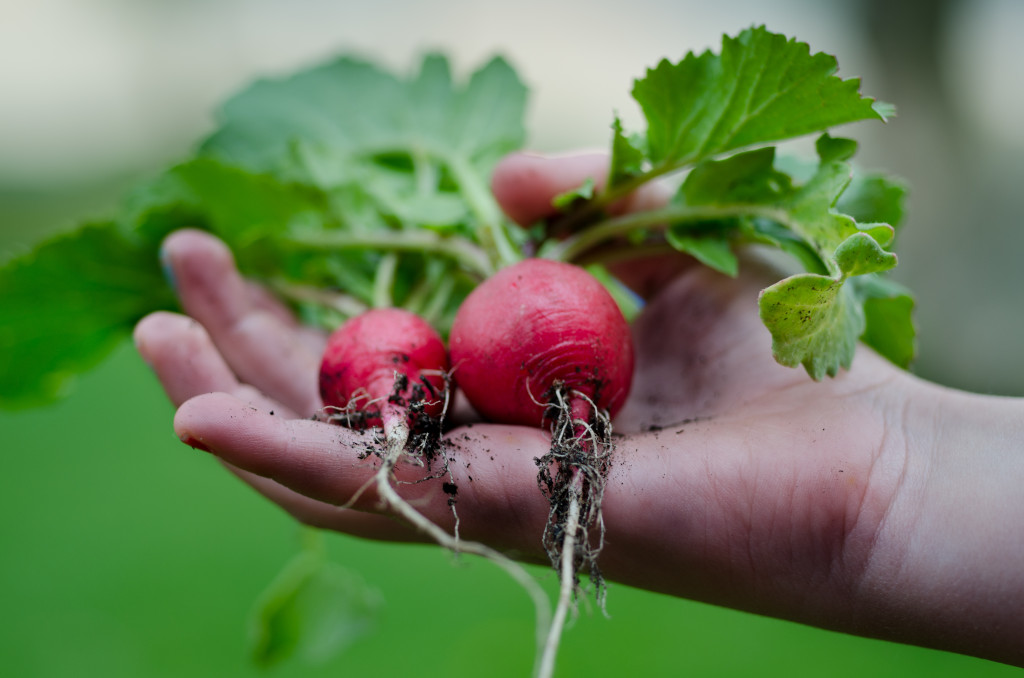
Speaking of which, enjoying the fruits — and veggies — of your labour is probably the best part of the process. Apart from the obvious nutritional benefits, urban gardening with kids comes with more intangible rewards too. First up, the kids get to discover scientific concepts and environmental awareness. And not unlike caring for a pet, it inculcates a sense of responsibility in them as well. When it’s time to harvest produce from their own edible garden, they’ll also reap a great sense of achievement.
Best of all, your little farmers will likely be more willing to eat their greens… and try new ones. And that’s always a good thing!
Featured image: Source
All content from this article, including images, cannot be reproduced without credits or written permission from SingaporeMotherhood.
Follow us on Facebook, Instagram, and Telegram for the latest article and promotion updates.





